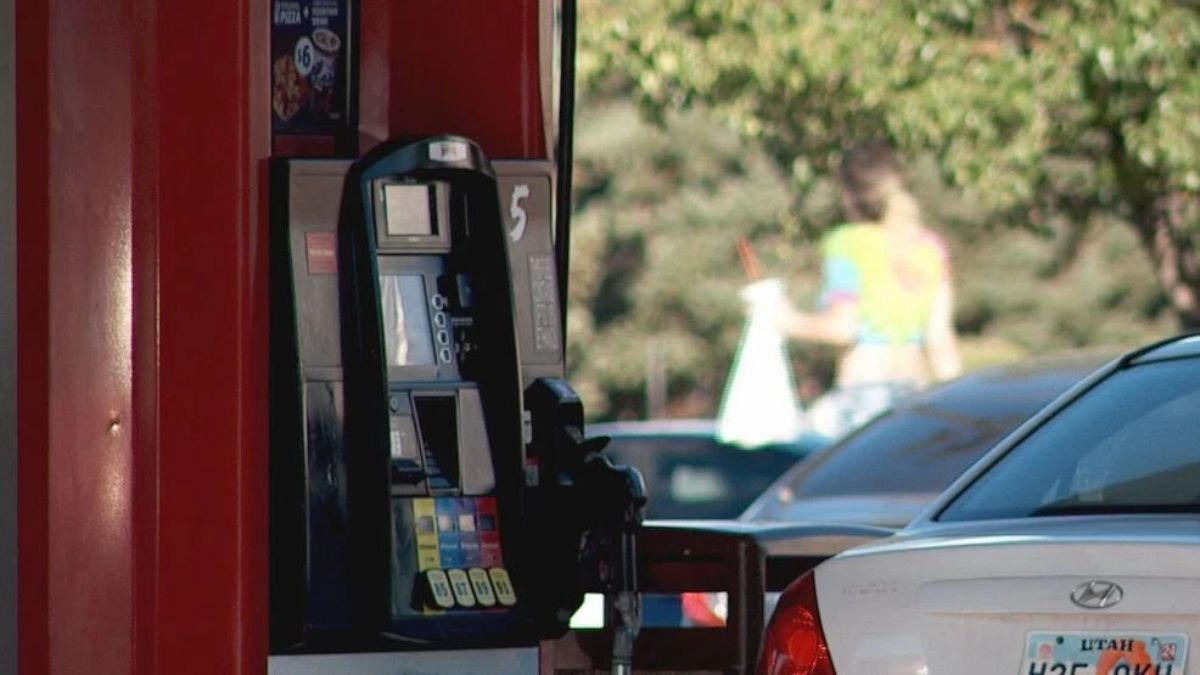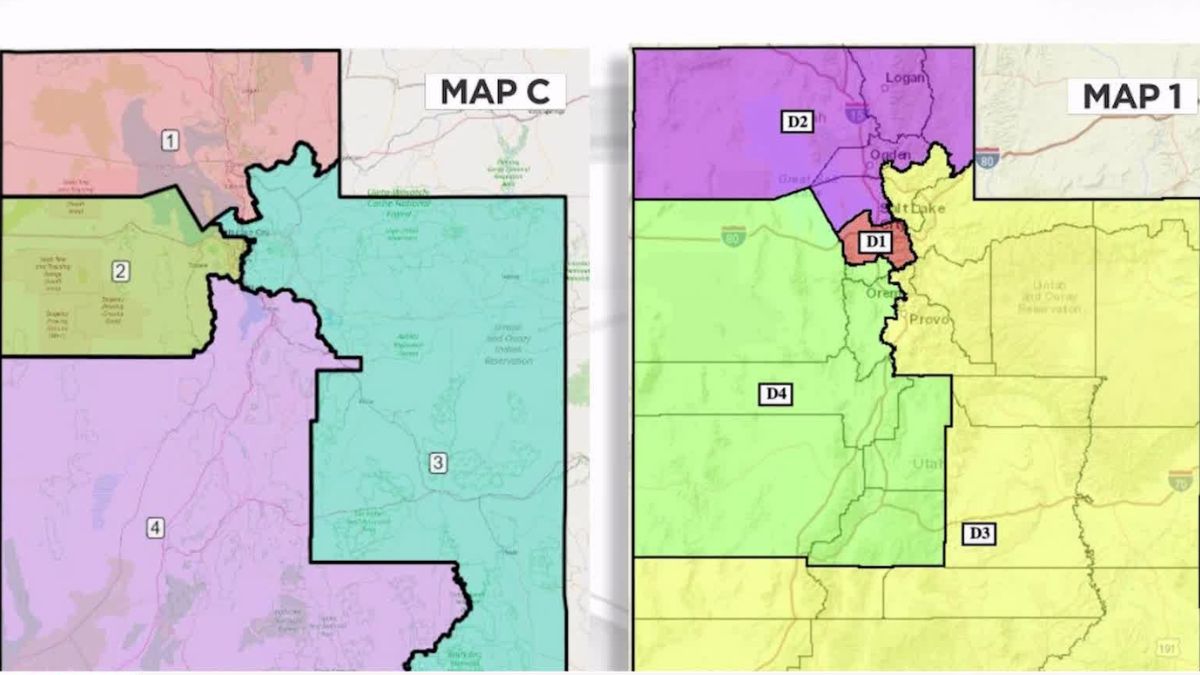Last summer, on his route to the Rich County Rodeo, Utah House Speaker Mike Schultz stopped at a gas station in Evanston, Wyoming. While there, he purchased a couple of lottery tickets—illegal in Utah—and filled up his tank, taking advantage of a 26-cent-per-gallon savings by crossing the state line.
That experience underscored a larger issue: fuel price differences between states. Schultz later revealed via social-media that he was working on a legislative remedy to give Utah drivers relief.
Why Utah’s Gas Prices Are Higher
Schultz explained that Utah’s refineries produce up to 220,000 barrels of oil daily, but about 75,000 of those barrels are shipped out of state to satisfy demand in other western markets. He argued this export reduces available supply in Utah and forces higher pump prices at home.
The Proposed Reform
The plan—being developed by Schultz alongside Cal Roberts (Rep., R-Draper) and Brady Brammer (Sen., R-Highland)—centres on changing Utah’s longstanding tax structure for motor fuel exports.
Currently, the state levies a tax of $0.385 per gallon on fuel sold at Utah pumps. However, fuel exported out of the state enjoys a tax exemption. Under the draft bill, the export exemption would be removed and all fuel—whether consumed in or shipped out of Utah—would be taxed equally.
Roberts explained that by eliminating the exemption, the state could generate enough revenue to reduce the gas tax for Utah drivers, possibly by 25 % to 50 %, which could translate to a 10 to 20 cents per gallon reduction at the pump.
Concerns and Industry Response
Because the bill’s language has not yet been made public, the Utah Petroleum Association said little about its official position. President Rikki Hrenko‑Browning stated that altering the gas tax and related fees would have “significant financial implications for the state” and that they cannot evaluate the full impact until actual bill text is released. The association affirmed that it remains part of the conversation with lawmakers to explore potential effects.
Regional Fuel Price Differences
Data from the American Automobile Association show that the average gas price in Utah stood at $3.31 per gallon, above the national average of $3.07. In Wyoming, the average was $2.97; in Colorado, $2.93. Some neighbouring states had higher averages: Idaho at $3.42, Nevada at $3.80, and Arizona at $3.36. In Utah’s rural border counties, like San Juan, the average was $3.49 compared to Montezuma County (Colorado) at $2.95.
Roberts argued that although Utah produces more fuel than it consumes, regional market dynamics—like refineries in other states closing or shifting away from fossil fuel production—are driving up Utah’s prices. As states such as California shut refineries, Utah’s refineries stepped up and achieved a record 65.1 million barrels produced in 2024 (a 13 % increase). Nevertheless, the reduced supply elsewhere creates “vacuum” effects that pull barrels out of Utah, raising home-state prices.
Industry Pushback and Public Debate
An online petition from anonymous stakeholders opposes the proposed changes, claiming there is “no proof this would actually lower prices for Utah drivers,” and warning it could add “new costs and red tape” for refineries. The petitioners argued that the refining industry already faces global instability and regulatory burden, and should not face further government interference.
Schultz responded with criticism of the petition, arguing that the industry has long avoided paying what he deems “their fair share,” while Utah families cope with some of the highest gas prices nationwide. Roberts agreed, pointing out that while Utah refineries are profitable and help keep prices relatively low, they benefit from tax breaks that he believes should be re-examined and redirected to reduce the gas tax for everyday Utah drivers.
Utah lawmakers are working on a legislative proposal to remove the fuel-export tax exemption, apply uniform taxation to all fuel, and use the revenue to lower the gas tax for Utah drivers by possibly up to half.
While the full bill is still under development and the refining industry is cautious, the effort reflects a push to tackle the regional pricing disadvantage faced by Utah consumers. Whether the plan will achieve its goals remains to be seen—but it shines a spotlight on how tax structure, fuel supply dynamics and market forces converge to determine what drivers pay at the pump.



